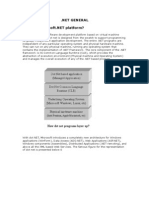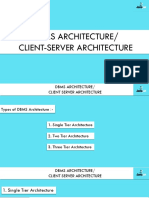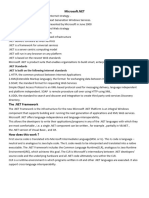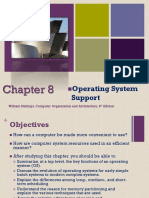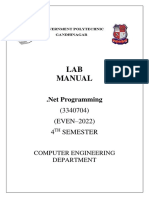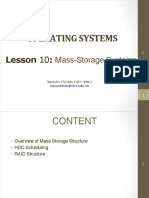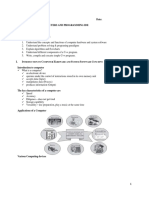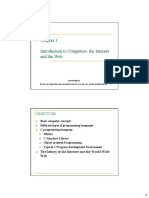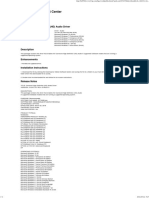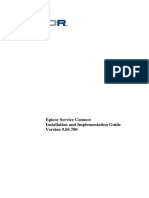100% found this document useful (1 vote)
237 views42 pagesOperating System Notes
computer science notes on computer overviews on class 11
Uploaded by
ironmanCopyright
© © All Rights Reserved
We take content rights seriously. If you suspect this is your content, claim it here.
Available Formats
Download as PPTX, PDF, TXT or read online on Scribd
100% found this document useful (1 vote)
237 views42 pagesOperating System Notes
computer science notes on computer overviews on class 11
Uploaded by
ironmanCopyright
© © All Rights Reserved
We take content rights seriously. If you suspect this is your content, claim it here.
Available Formats
Download as PPTX, PDF, TXT or read online on Scribd
/ 42






